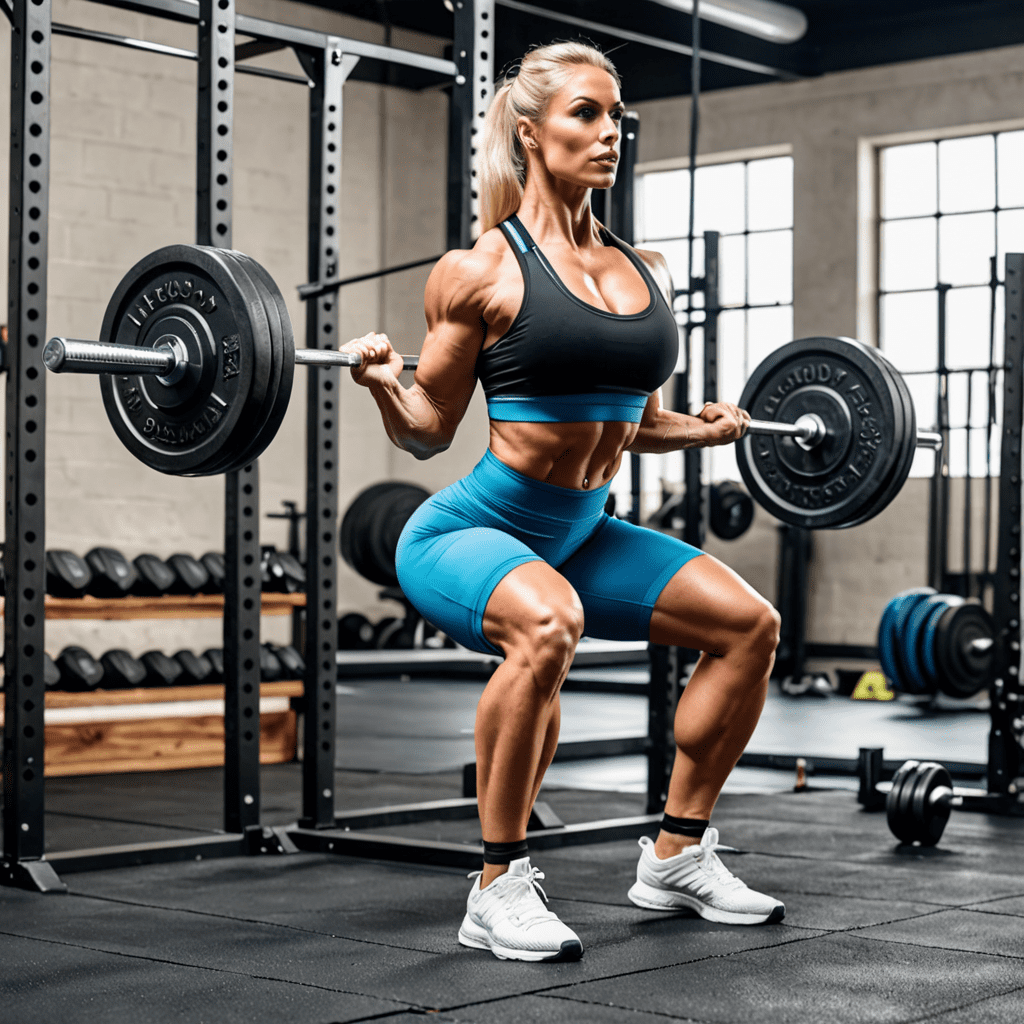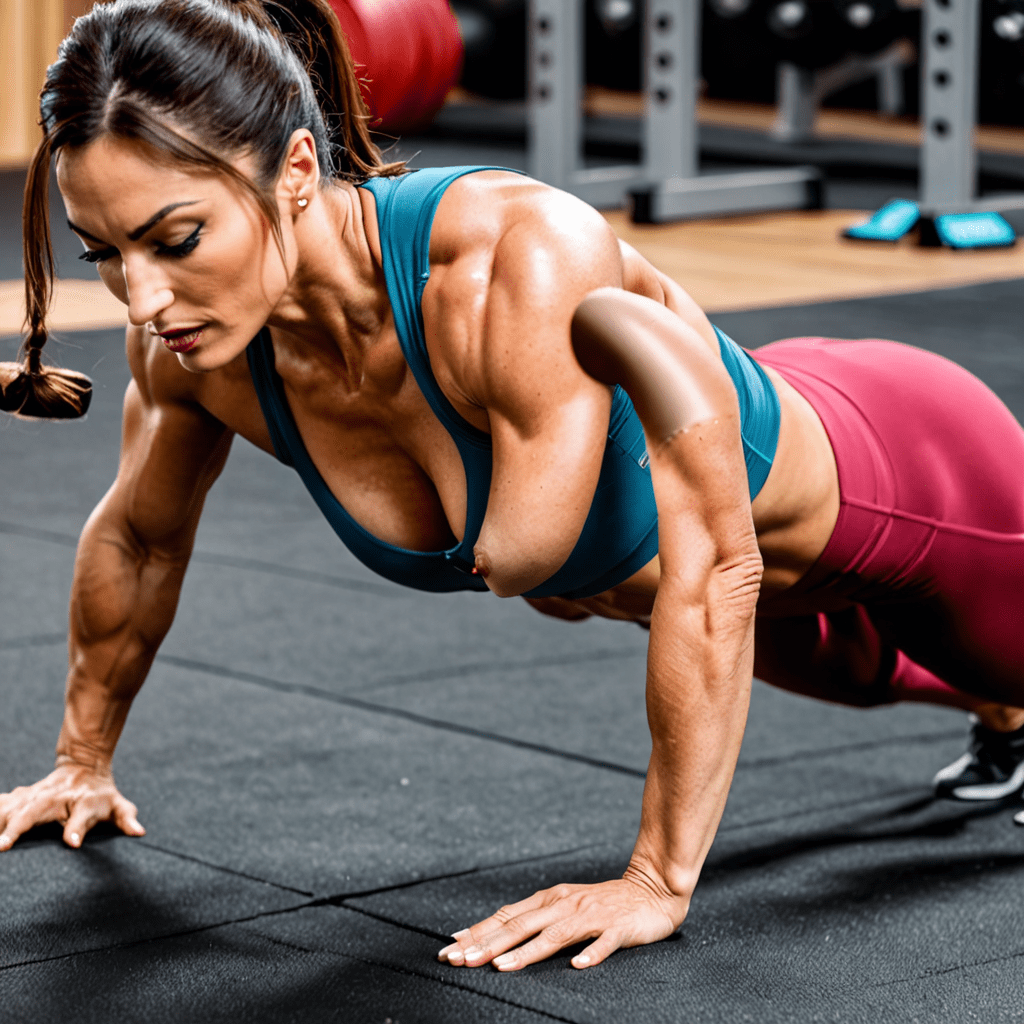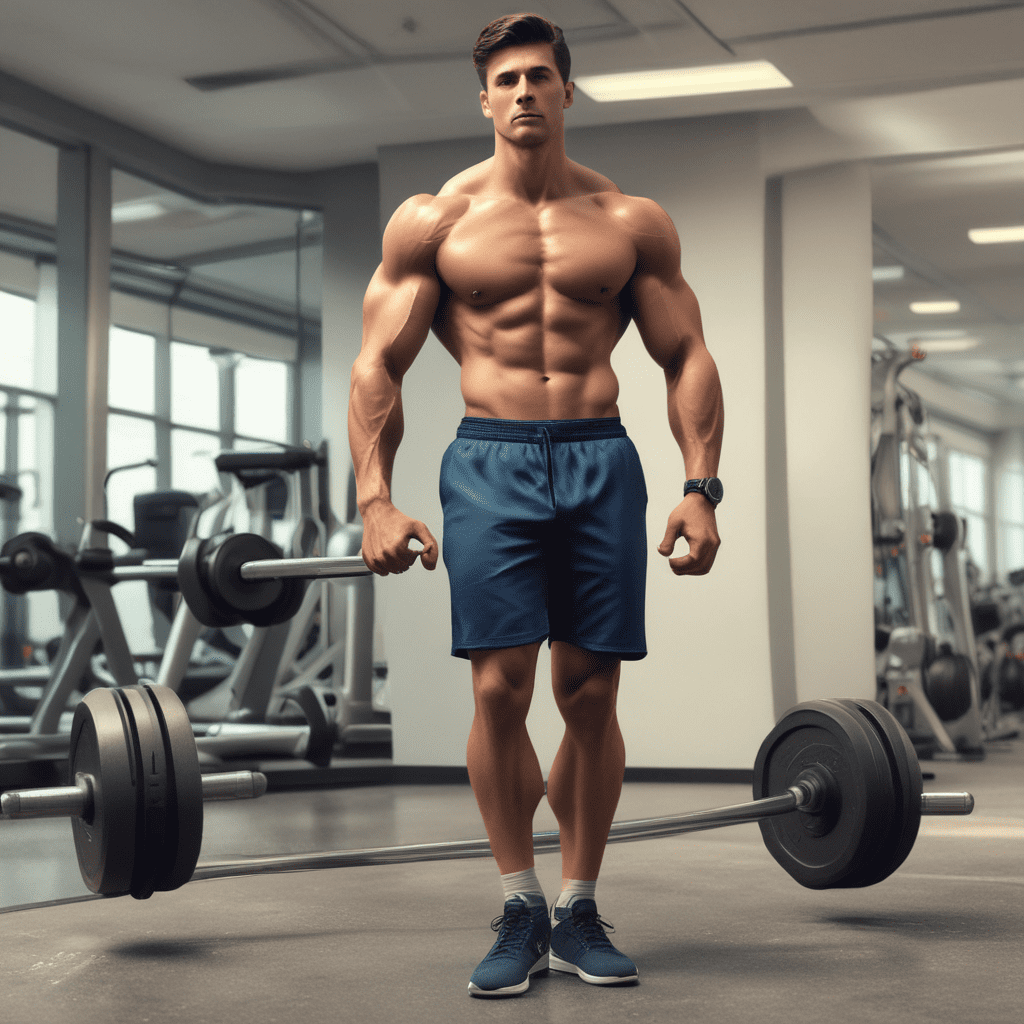
Mastering the Perfect Squat: Bar Placement Demystified for Optimal Results!
Understanding Optimal Bar Placement for Squats
When it comes to executing the perfect squat, bar placement is crucial for both safety and effectiveness. Finding the right placement ensures that the load is appropriately distributed and that you can maintain proper form throughout the movement. Let’s delve into the specifics of where to put the bar when you squat.
High Bar vs. Low Bar Placement
One of the key decisions to make when squatting is whether to use a high bar or low bar placement. The high bar position involves resting the barbell on the upper trapezius, just below the base of the neck. This placement is more common in Olympic weightlifting and requires a more upright torso. On the other hand, the low bar position sits on the rear deltoids, closer to the spine. This placement is often favored by powerlifters and allows for a more forward lean in the torso during the squat.
Factors Influencing Bar Placement
Several factors should be taken into account when determining the most suitable bar placement for your squats. Factors include your body’s proportions, mobility, and individual goals. Additionally, considering your comfort and ability to maintain proper form is essential for injury prevention.
Proper Execution of High Bar and Low Bar Squats
Whichever bar placement you decide to use, it’s essential to understand the correct execution for each. In a high bar squat, keep an upright torso, ensure the bar is resting comfortably on the trapezius, and engage your core throughout the movement. For a low bar squat, focus on maintaining a slight forward lean, keeping the bar securely positioned on the rear deltoids, and engaging the posterior chain.
Seeking Professional Guidance for Bar Placement
If you’re uncertain about the best bar placement for your squat or are new to weightlifting, seeking advice from a qualified fitness professional is highly recommended. A certified trainer can assess your individual needs and provide personalized guidance to ensure that you’re using the most suitable bar placement for your body and goals.
Frequently Asked Questions (FAQ) About Bar Placement in Squats
Now, let’s address some common questions regarding bar placement when squatting to ensure you have all the information you need to optimize your workouts.
FAQ 1: Can I Switch Between High Bar and Low Bar Squats?
Yes, it’s entirely possible to alternate between high bar and low bar squats based on your training program and fitness goals. Incorporating both variations can provide a well-rounded approach to developing strength and muscle mass in different areas of the lower body and back.
FAQ 2: How Do I Know If My Bar Placement Is Correct?
The right bar placement should allow you to maintain proper form throughout the squat. If you find yourself leaning excessively forward or struggling to keep the bar stable, it may be a sign that your bar placement needs adjustment. Consult with a qualified fitness professional to assess and correct your bar placement if necessary.
FAQ 3: Is Bar Placement Different for Different Body Types?
While general guidelines exist for high bar and low bar placements, individual body proportions and mechanics can influence the most suitable bar placement for squats. Some individuals may find that a slightly higher or lower bar position better accommodates their unique anatomy. Experimenting with slight adjustments and seeking professional guidance can help in finding the optimal placement for your body type.
FAQ 4: Can Improper Bar Placement Lead to Injury?
Yes, using an incorrect bar placement during squats can increase the risk of injury, particularly to the shoulders, neck, and lower back. It’s crucial to prioritize safe and effective bar placement to minimize the risk of injury and promote long-term progress in strength and fitness.
FAQ 5: Should I Use Equipment Such as Lifting Belts to Support My Bar Placement?
In certain cases, using supportive equipment like lifting belts can aid in maintaining stability and control during squats. However, relying solely on equipment without addressing and refining your bar placement and technique may lead to dependency and hinder overall progress. It’s important to use such equipment as a complement to, rather than a substitute for, proper form and bar placement.
By understanding the nuances of bar placement when squatting and addressing potential questions, you can optimize your workouts and minimize the risk of injury. Prioritizing proper bar placement is a fundamental aspect of mastering the perfect squat and advancing in your fitness journey.


